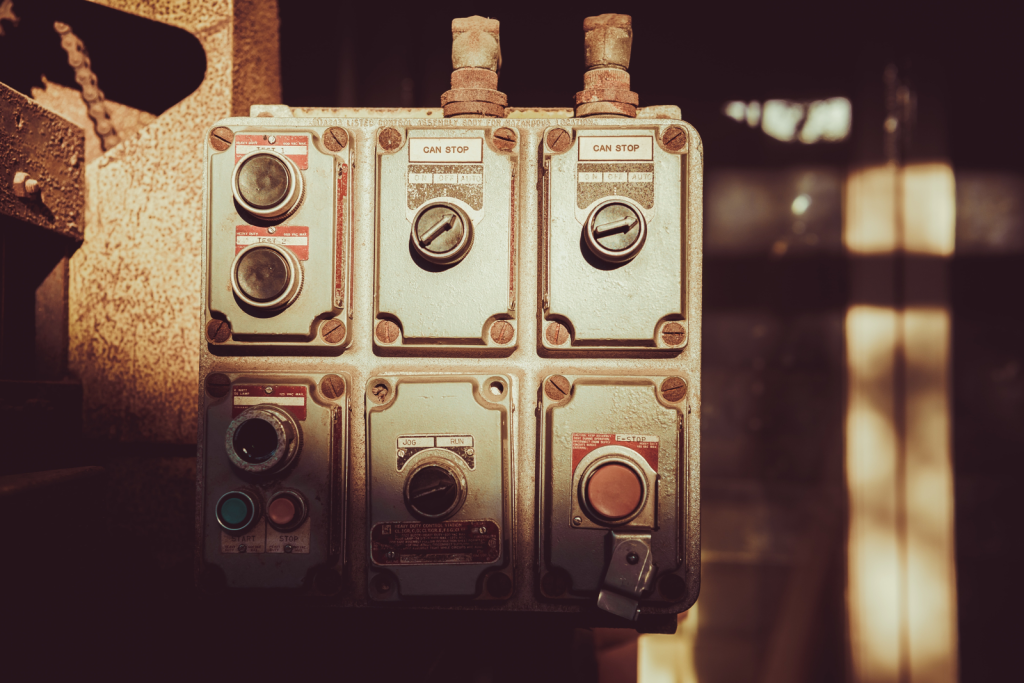Dieseltech computers, also known as “data engines,” have emerged as a groundbreaking technology in the field of data processing. These physical computers utilize a unique combination of fluidic and mechanical components, harnessing the power of biodiesel fuel to perform complex calculations. In this article, we will explore the fascinating world of dieseltech computers, their programming languages, vulnerabilities, applications, and their potential impact on various industries.

The Inner Workings of Dieseltech Computers
At the core of a dieseltech computer lies a network of intricate components that enable it to function as a heat engine. These computers rely on “programming gaskets,” which are flexible sheets of chemical-resistant materials with pores or tiny toggle valves. Biodiesel fuel is injected through these pores and combusted, translating instructions into physical impulses and powering the system through the expansion of exhaust gases.
Dieseltech computers can house either fluidic or mechanical subsystems, each with its own advantages and disadvantages. The choice between the two types often sparks heated debates among dieseltech computer engineers, as they weigh factors such as processing speed, efficiency, and durability.
Programming Languages for Dieseltech Computers
Several programming standards have emerged for dieseltech computers, with GasKIT and Ixiotaba being prominent examples. These programming languages enable engineers to create instructions that can be executed by the dieseltech computers. However, it is crucial to implement robust system security measures to protect against exploitation. Programs known as Ring0s can potentially damage or overwhelm dieseltech computer systems, making system intrusion specialists, also known as “gear-grinders,” a valuable asset in safeguarding these systems.
Applications of Dieseltech Computers
The versatility of dieseltech computers makes them invaluable in various industries, particularly in manufacturing and data analysis. By eliminating the need for an intermediary form of energy conversion, dieseltech computers can seamlessly integrate with existing diesel engines. This integration allows for optimized jetting, autopilot capabilities, thrust vectoring, and precise application of torque.
Moreover, the finely punched programming gaskets of dieseltech computers enable them to be more compact than comparable mechanical systems. Their minimal reliance on electrical components also makes them resilient to impacts, electromagnetic interference, and radiation. These features make dieseltech computers suitable for environments where durability and reliability are critical.
Advantages and Limitations
While dieseltech computers offer significant advantages, they are not without limitations. These computers require the expulsion of exhaust gases, making them unsuitable for environments where this is not possible. In low-pressure atmospheres, such as skystations in inflection layers, the fuel used must be oxygenated to ensure proper functioning. Additionally, purely fluidic dieseltech computers offer durability, require less maintenance, and can perform analog computations. On the other hand, purely mechanical dieseltech computers can operate in any orientation and are easier to maintain when necessary.
The Future of Dieseltech Computing
Dieseltech computing faces challenges from emerging technologies such as core computing and semiconductor-based computing. Core computing seeks to rival dieseltech computers by combining various technologies, including mechanical, fluidic, and electromechanical systems. However, this technology remains in its infancy as of the year 10,000 AR.
Semiconductor-based computing, although promising due to its potential for superior miniaturization and scalability, currently does not exist in the Manifold. The required materials are scarce, suggesting that the replacement of dieseltech computers with semiconductor technology is a distant possibility.
Access and Availability
Dieseltech computers are widely available throughout the populated regions of the Manifold Sky. However, the sophistication and purpose of these data engines vary among different factions. Specialized, pre-programmed dieseltech computers are more common than generalized models, as they can be mass-produced and seamlessly integrated into machinery for specific roles. State agencies, militaries, large businesses, and other major factions dominate the dieseltech computer market.
Complexity and Energy Efficiency
The complexity of dieseltech computers arises from the integration of mechanical, fluidic, and emerging electromechanical computer technologies with internal combustion engine technology. While this complexity presents challenges, the utilization of biodiesel fuel in minute amounts allows dieseltech computers to be self-powered and more energy-efficient on a per-calculation basis compared to previous systems.
Expensive “valved gaskets” offer a Turing complete capability to dieseltech computers, enabling them to alter their own programming in response to inputs. This level of adaptability enhances their efficiency and potential applications.
Conclusion
Dieseltech computers have revolutionized the field of data processing by combining fluidic and mechanical components with biodiesel fuel. These cutting-edge machines offer advantages such as integration with existing diesel engines, compact size, durability, and resilience to external influences. However, they are not without limitations, and advancements in core computing and semiconductor-based computing pose potential challenges in the future.
Despite these challenges, dieseltech computers continue to play a crucial role in industries such as manufacturing and data analysis. With ongoing advancements in technology and the continuous evolution of programming languages, dieseltech computers are poised to shape the future of data processing in the Manifold Sky and beyond.




No comments! Be the first commenter?